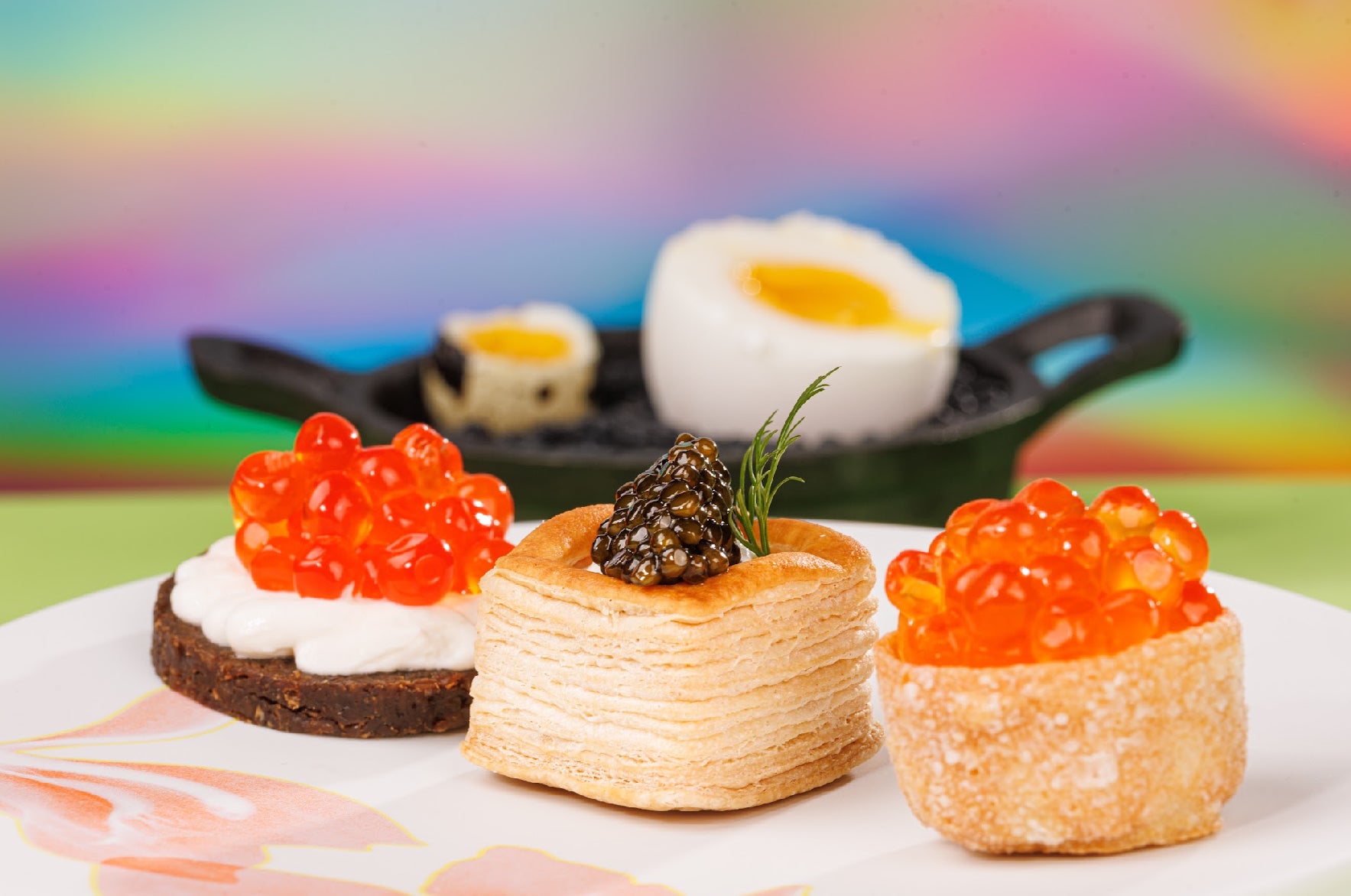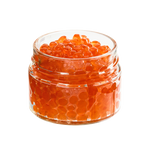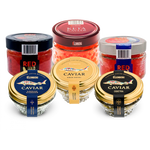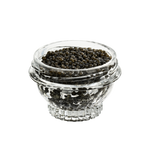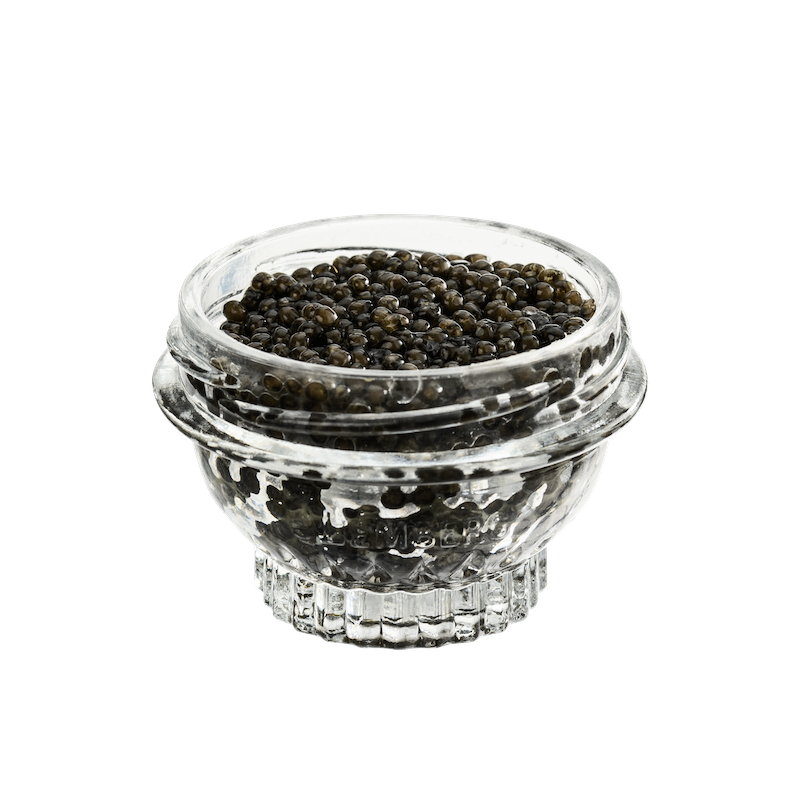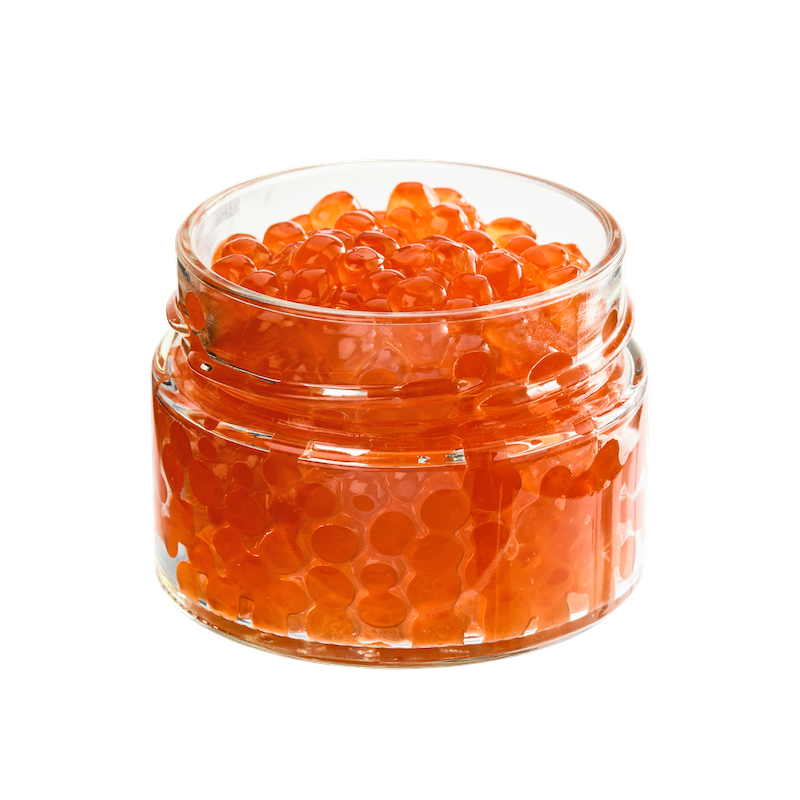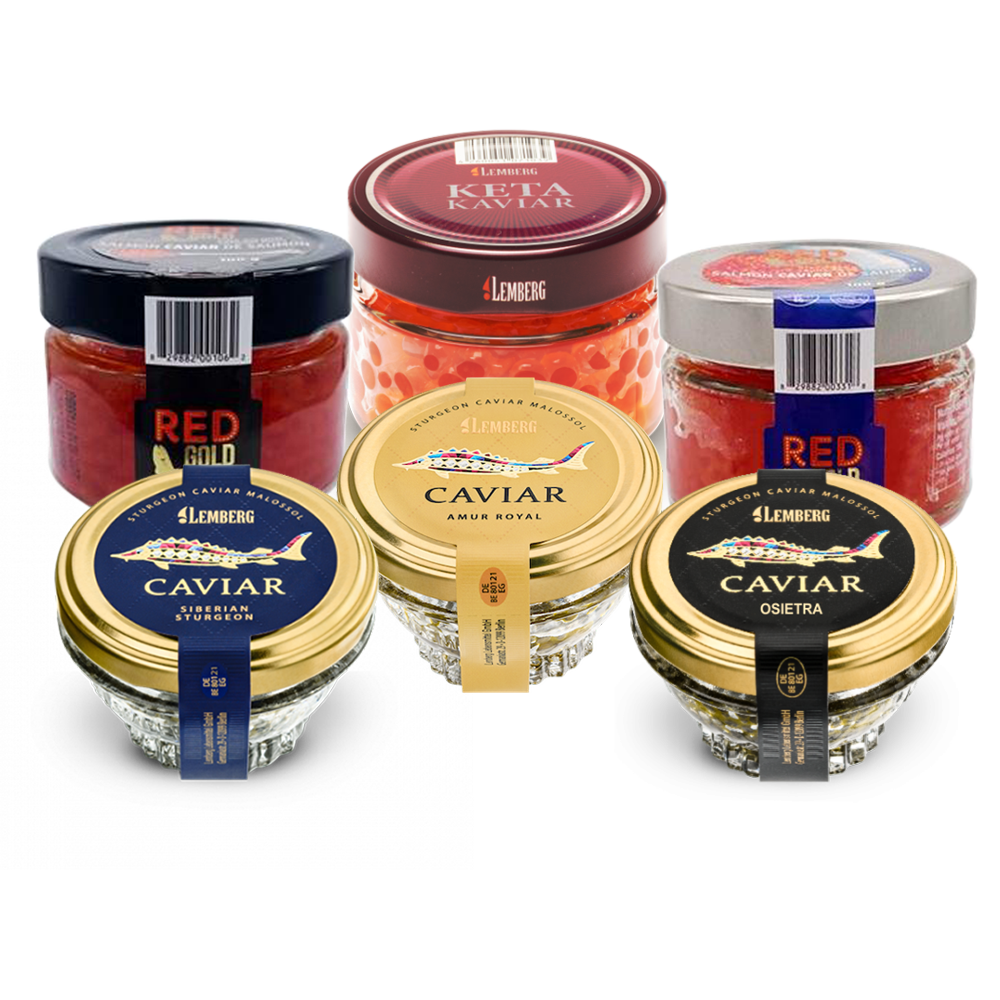Menu

What is Caviar? Discover the Delicacy and Its History
What is Caviar?
Caviar is the salt-cured roe (eggs) of the sturgeon fish. Sturgeon is an ancient fish that has been around since the time of the dinosaurs, and it is highly valued for its meat as well as its eggs. The best caviar comes from the Beluga, Osetra, and Sevruga sturgeon species, which are native to the Caspian and Black Sea regions.The History of Caviar
Caviar has been consumed by people for thousands of years. In fact, the ancient Greeks, Romans, and Persians were all known to have eaten sturgeon roe. Caviar became a popular delicacy in Europe in the 16th century, and it quickly became a symbol of luxury and wealth. Today, caviar is still considered a delicacy and is often served at high-end restaurants and special occasions.How is Caviar Made?
Caviar is made by gently removing the eggs from the sturgeon fish, then washing them and separating them by size and color. The eggs are then salted and stored in airtight containers for several months to cure. The curing process gives the caviar its distinctive flavor and texture.Read more: Caviar extraction: in detail
Types of Caviar
There are several types of caviar available today, each with its own unique flavor and texture. Here are the most popular types:Beluga Caviar
Beluga caviar is the most expensive and highly prized caviar in the world. It comes from the Beluga sturgeon, which can take up to 20 years to mature. The eggs are large, gray, and have a buttery texture with a delicate flavor.Osetra Caviar
Osetra caviar comes from the Osetra sturgeon, which is native to the Caspian Sea. The eggs are medium-sized, brown or golden in color, and have a nutty, rich flavor.Sevruga Caviar
Sevruga caviar comes from the Sevruga sturgeon, which is the smallest of the three main sturgeon species. The eggs are small, gray, and have a strong, earthy flavor.Why is Caviar So Expensive?
Caviar is one of the most expensive foods in the world, with prices ranging from a few hundred dollars to several thousand dollars per pound. There are several reasons why caviar is so expensive:Rarity: Sturgeon is a slow-growing fish that can take up to 20 years to reach maturity. This, coupled with overfishing, has made sturgeon and its eggs rare and highly prized.
Labor-intensive process: The process of harvesting and curing caviar is labor-intensive and requires a great deal of skill and expertise.
High demand: Caviar is a luxury food that is highly prized by people all over the world. This high demand drives up the price of caviar.
How to Serve Caviar
Caviar is typically served chilled and in small portions to allow the delicate flavors to be savored. It is often served on its own, on crackers or toast, or with other accompaniments such as crème fraîche, chopped onions, or egg whites.The Health Benefits of Caviar
Caviar is not only a delicious delicacy but also a nutritious food that offers several health benefits. Here are some of the health benefits of caviar:- High in Omega-3 Fatty Acids: Caviar is a rich source of omega-3 fatty acids, which are essential for heart health and brain function.
- Rich in Vitamins and Minerals: Caviar is a good source of vitamins A, D, and E, as well as minerals such as iron, magnesium, and selenium.
- Low in Calories: Caviar is a low-calorie food, with just 40-50 calories per tablespoon.
How to Choose and Store Caviar
When choosing caviar, it is important to look for high-quality caviar that has been properly stored and handled. Here are some tips for choosing and storing caviar:- Look for fresh caviar that has a shiny, firm texture and a clean, briny smell.
- Avoid caviar that has a fishy or sour smell or that has a mushy texture.
- Store caviar in the coldest part of your refrigerator (usually the back) and keep it covered with a lid or plastic wrap.
- Caviar should be consumed within a few days of opening.
- Caviar and Sustainability
Conclusion
Caviar is a luxurious delicacy that has been enjoyed by people for centuries. Made from the salt-cured roe of the sturgeon fish, caviar is prized for its delicate flavor and texture. While it is one of the most expensive foods in the world, caviar offers several health benefits and is a unique culinary experience. When choosing and storing caviar, it is important to look for high-quality, sustainably sourced products.Read more:
What Does Caviar Taste Like: A Guide to the Flavor of This Luxurious Delicacy
How to eat caviar?
Caviar extraction: in detail
- Choosing a selection results in a full page refresh.
